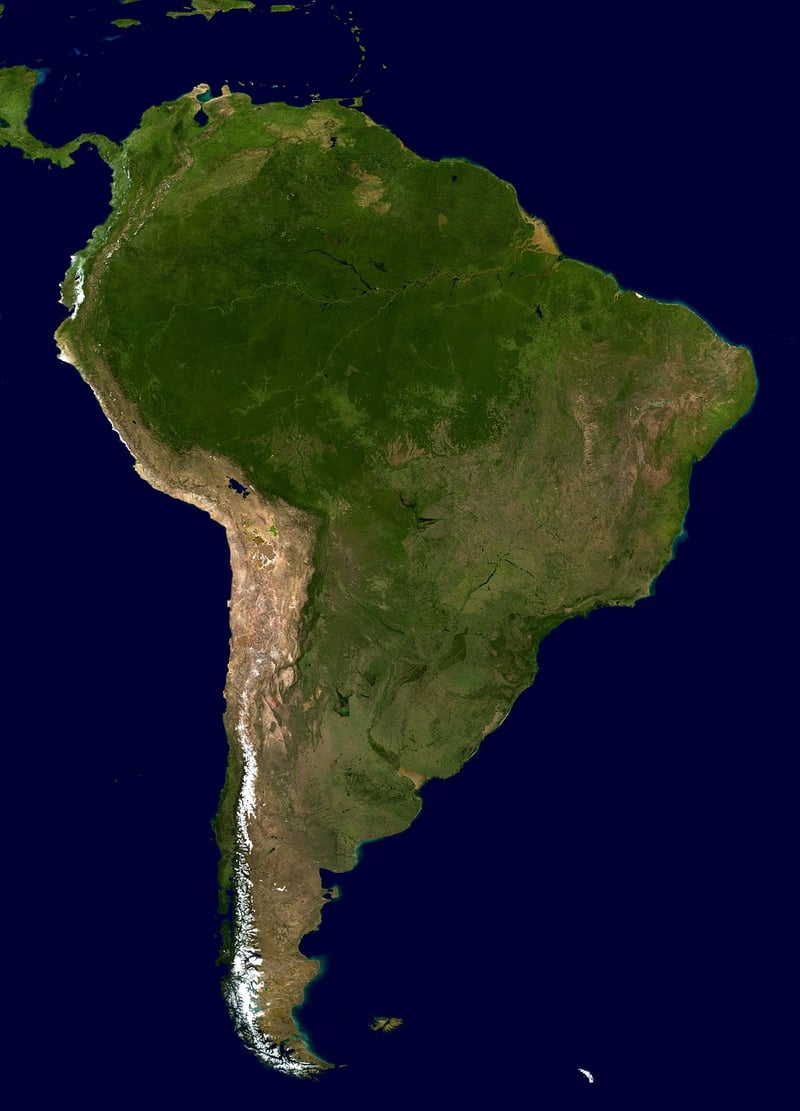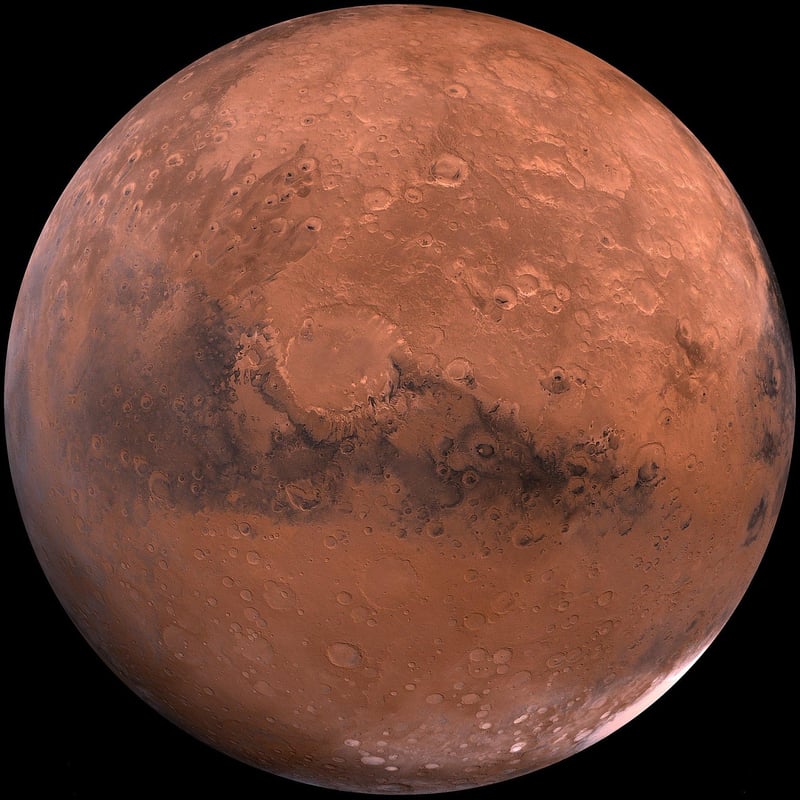Orbital Habitats
Creating Human Habitats in Space: Orbital Habitats
As humanity continues to explore beyond our planet, the idea of creating human habitats in space has become a critical focus. One of the most promising concepts for long-term space habitation is the development of orbital habitats. These structures, located in orbit around Earth or other celestial bodies, offer a unique solution to the challenges of living and working in space.
Benefits of Orbital Habitats
Orbital habitats provide several key advantages over traditional space stations or planetary bases:
- Continuous Sunlight: Orbiting habitats can be designed to receive constant sunlight, allowing for the generation of solar power and the cultivation of plants for food.
- Microgravity Environment: The microgravity environment of orbit allows for unique scientific research opportunities and could lead to advancements in materials science and medicine.
- Resource Accessibility: Orbital habitats can serve as staging points for missions to other celestial bodies, allowing for easier access to resources such as water and metals.
Designing Orbital Habitats
The design of orbital habitats is a complex process that involves considerations such as structural integrity, life support systems, radiation protection, and artificial gravity generation. These habitats can vary in size and configuration, from small modules to large rotating stations that simulate gravity through centrifugal force.
Key elements of orbital habitat design include:
- Habitat Modules: These are the living and working spaces where astronauts reside. They must provide protection from the harsh space environment and support the physical and psychological well-being of the inhabitants.
- Life Support Systems: Vital systems that supply air, water, and food, as well as manage waste and recycling, are essential for sustaining human life in space.
- Radiation Shielding: Orbital habitats must incorporate shielding materials to protect inhabitants from harmful cosmic radiation.
Future of Orbital Habitats
As technology advances and space exploration efforts expand, the development of orbital habitats is expected to play a crucial role in our journey to becoming a multi-planetary species. These habitats could serve as stepping stones for missions to Mars, the Moon, and beyond, offering a sustainable solution for long-duration space missions and human colonization of other worlds.
Exploring the possibilities of orbital habitats opens up a world of opportunities for scientific research, commercial activities, and international collaboration in space.

With orbital habitats on the horizon, the dream of establishing permanent human settlements beyond Earth is closer to becoming a reality than ever before.
Are you ready to join the future of space exploration?
